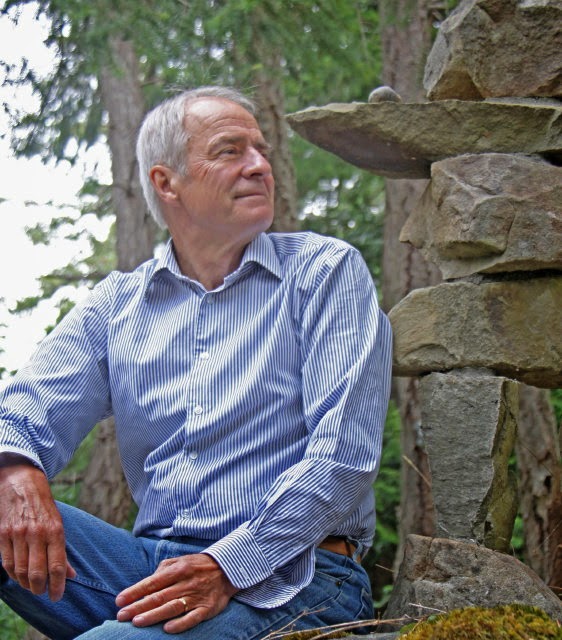San Diego
took me by surprise. It had sizzle, lots of it! Set against the boundless
Pacific, the city is blessed with sandy beaches, rocky headlands, crashing
waves, and a climate where flip-flops, shorts, and a T-shirt are all you need.
Furthermore,
it has far more major attractions than most cities. My dearest and I clambered
over the hulking aircraft carrier, Midway, impressed by its gargantuan size and
the number of airplanes it once shot into the air. We rode a tram to historic
Old Town, settled in 1769 and the birthplace of California. We wandered past a
haunted hotel, bands playing, theaters and sipped margaritas in a cantina.
Next up were
San Diego’s two major family attractions. We wept for the whales at Sea World. And
grinned at chimps at the Zoo.
Balboa Park,
the world’s largest cultural park, boasts 15 museums plus theaters, gardens,
and more. We visited the Tutenkahamen exhibit at the Natural History Museum, watched
buskers, visited artisan shops, and rode a carousel. Balboa Park is San Diego’s
greatest asset.
Another
surprise! San Diego may have surpassed Portland as the nation’s craft-beer
capital. At the Ballast Point Brewing Company, where they offered 50 of their
own beers, all on tap, we lined up a Habanaro Ale (hot!), a Thai Chili lager,
and an Indra Kunindra (a curry stout). What frothy, foaming fun! San Diego has
more than eighty craft breweries and their number is increasing rapidly. Next
day at Draft, we could choose from 100 different local beers, 70 of them on
tap.
The culinary
scene is hot. At Indigo Grill, renowned executive chef Deborah Scott explained
our dishes including a Korean Bibimbap in a fiery-hot tureen and an Anticucho Board
of Peruvian and Chilean street food of skewered and grilled meats. Bliss! Two
days later, we enjoyed another over-the-top dinner at Oceana Coastal Kitchen at
Catamaran Hotel.
At Cabrillo
National Monument, a statue on the end of a jutting peninsula honours Juan
Rodriquez Cabrillo, the first European (Portuguese) to land on the U.S. west
coast (in 1542). We strolled along sun-washed pathways to an old lighthouse
while enjoying sweeping views. At the adjacent Fort Rosecrans National Cemetery,
thousands of white tombstones marched dramatically up and down the rolling
landscape.
My dearest
and I enjoyed Mission Bay and La Jolla and the sight of
surfers, sea lions
lazing on rocks, flotillas of kayaks, long seaside walkways, wild bars, and the
sun staring down from an azure sky like the eye of a Cyclops. Torrey Pines State
Reserve offered great hiking with waves crashing on rocky headlands.
Sadly, the
time to leave arrived. Driving north, we soon arrived at Temecula. The Old Town
looks like a western movie set, and I expected John Wayne to emerge with drawn
pistols. The surrounding dry rolling hills host a rapidly growing wine industry
with about 40 wineries. We sipped an oaked, complex Sangiovese at Robert
Renzoni Winery before
heading off.
If
You Go You Gotta Know
General San
Diego info: sandiego.org
Old Town: www.oldtownsandiego.org/
Midway
Aircraft Carrier: www.midway.org
Balboa Park: www.balboapark.org/
Sea World: seaworldparks.com/seaworld-sandiego/
San Diego Zoo: zoo.sandiegozoo.org
Breweries: sandiegobrewersguild.org
Draft (great
beer restaurant):
www.belmontpark.com/restaurants/draft
Sofia Hotel
(downtown): www.thesofiahotel.com
Catamaran Resort
(Mission Beach): www/catamaranresort.com
Indigo Grill:
www.cohnrestaurants.com/indigogrill
Oceana
Coastal Kitchen: oceanacoastal.com
Temecula:
visittemeculavalley.com
Winery:
www.robertrenzonivineyards.com






































